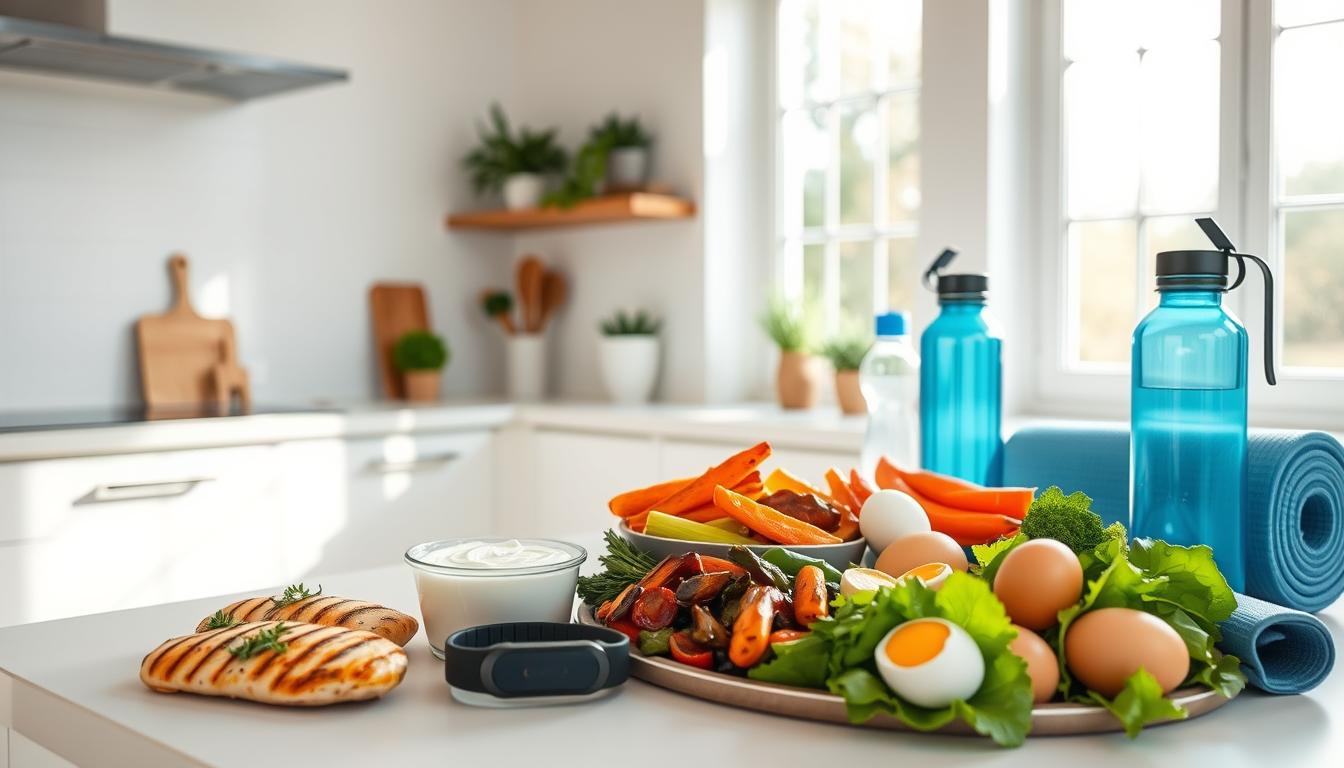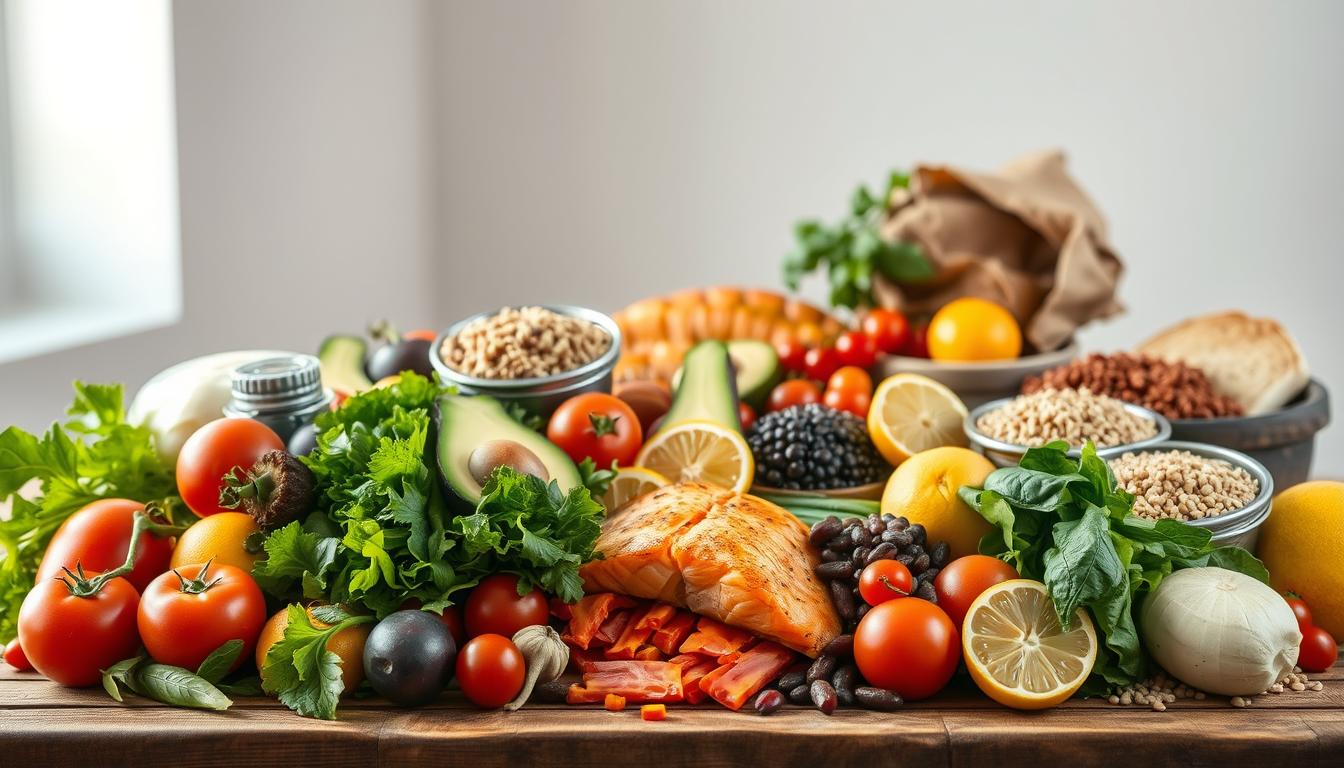A staggering 75% of fitness beginners quit within the first few months, often due to inadequate nutrition. A well-structured high protein diet plan is crucial…
Tag: Nutrient-rich foods
Meal Plan to Manage High Blood Pressure Naturally
Nearly 1 in 2 adults in the United States has high blood pressure, a condition that significantly increases the risk of heart disease and stroke….

